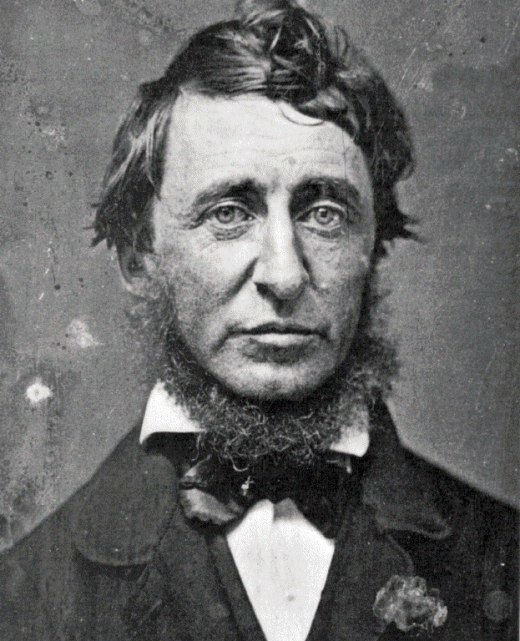Analysing An Image/Object
- analysing an image using formalism and context based questions
my chosen image
Formalism
- Formal Elements
- curved lines to show
- strands of hair
- feelings/expression => two of the lines seem to form a tear
- shading is used to create the shape of the face & features
- tones - highlights/shading - are used to create form
- there is actual texture from the bricks but there is also visual texture in the hair represented through lines and colour
- although most of the image is done in a grey scale colour is used to add highlights & shading - mainly primary colours => red, blue & yellow - but there are a couple of secondary colours used => orange & purple - but that could be from where the colours have been overlapped and mixed together
- Name of Artist:- David Walker
- Genre:- Portrait Art
Context
- subject matter is of a young girl's face
- 'unknown subject' - even the artist doesn't know who he is painting
- image is for aesthetic reasons - but Walker says that because the fact that the 'subject' is unknown lets the audience make up their own narrative to the portraits
- Walker's work would come under the Street Art movement
- it reflects a contemporary culture
- Walker says he is influenced by the sense of possibility & ''randomness' of cities
- his work is alternative/unconventional in the sense that he uses spray cans rather than conventional paints
- not sure how the public received the piece - many people are surprised at how well his work turns out in the end
at first I thought that there must be a reason behind the use of the young girl's portrait but after finishing this analysis I know that there isn't and apart from that I don't think that it has changed how I think about it.












